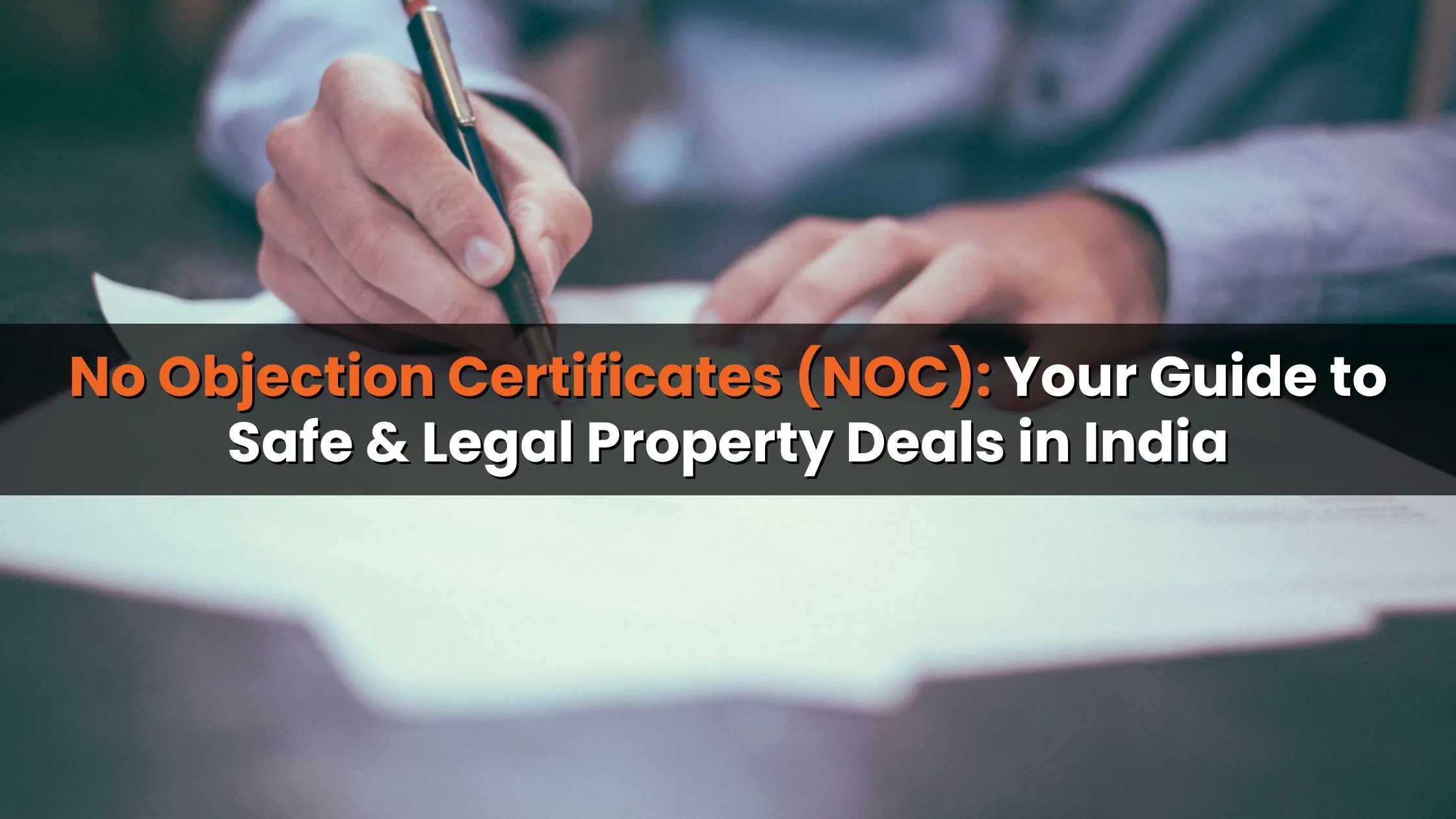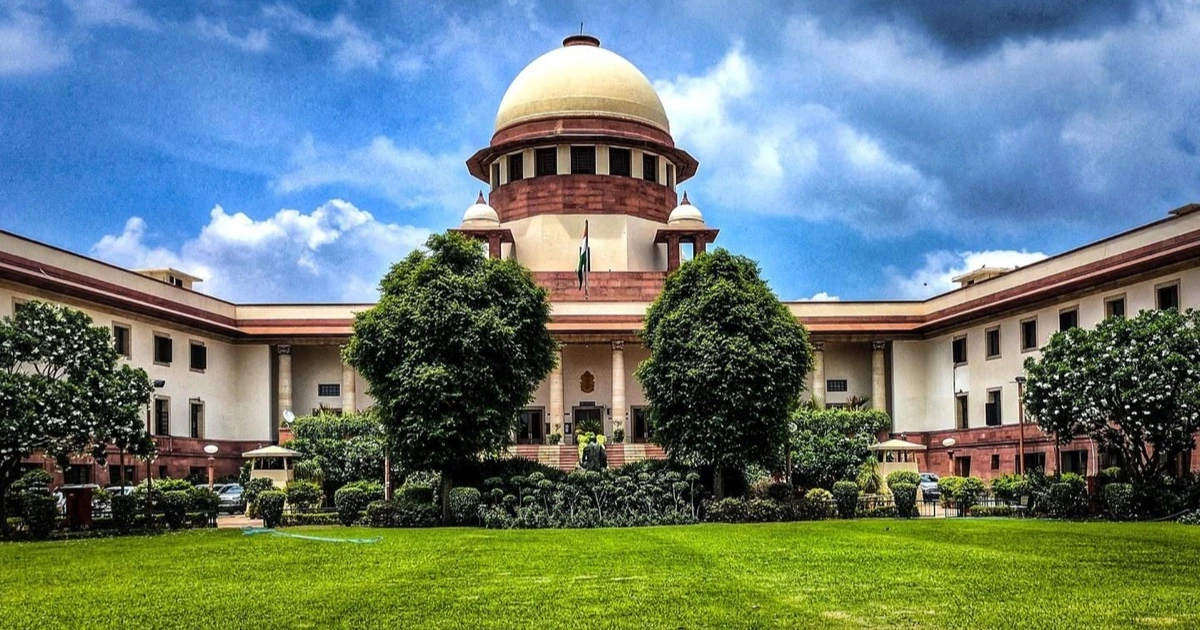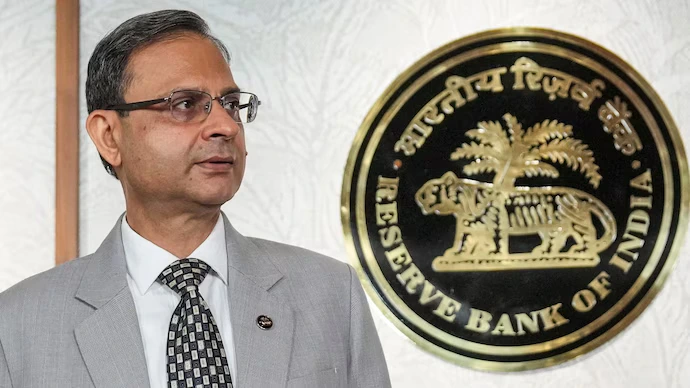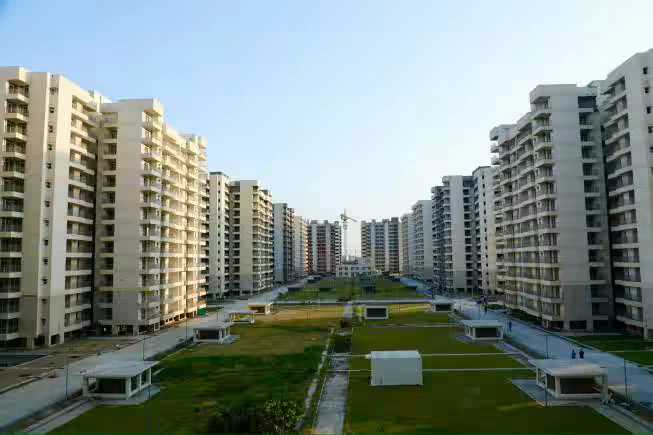Table of Content
- The Complexities of Long-Distance Landlording
-
Tips for How to Be a Successful Long-Distance Landlord
- 1. Use a Tenant Screening Service
- 2. Have a Crystal-Clear Lease
- 3. Prioritize Communication
- 4. Take Advantage of Automation
- 5. Create a List of Trusted Local Service Providers
- 6. Make Frequent Property Visits
- 7. Schedule Routine Inspections
- 8. Stay on Top of Local Laws and Regulations
- 9. Use the Right Technology
- 10. Consider Working with a Property Manager
- Essential Tools and Strategies for Successful Remote Property Management
- Conclusion
Owning rental properties can be a lucrative way to generate passive income, but managing a property from afar comes with its own set of challenges. Many property investors dream of owning out-of-state homes without fully understanding the effort required. With advancements in technology and professional property management services, becoming a Long-Distance Landlord is more achievable than ever.
By following proven strategies, leveraging modern tools, and understanding the nuances of remote property management, you can maintain profitability and protect your investment while living miles away from your rental property. In this guide, we’ll explore the essential tips, tools, and strategies every Long-Distance Landlord needs.
The Complexities of Long-Distance Landlording

Managing rental properties remotely is not as simple as owning a home nearby. Being a Long-Distance Landlord comes with logistical, legal, and financial complexities:
- Property Analysis: Identifying the right property requires thorough research on location, market trends, and rental demand.
- Tenant Management: Finding and screening tenants becomes more challenging when you are not on-site.
- Maintenance: Routine upkeep and emergency repairs require a dependable local network.
- Legal Compliance: Understanding state and local laws is critical to avoid legal pitfalls.
- Taxes & Accounting: Remote management demands meticulous tracking of expenses and income for tax purposes.
Even with a seemingly flawless property, the effort and diligence required to maintain it can be underestimated.
Tips for How to Be a Successful Long-Distance Landlord
Here are ten practical tips to help you thrive as a Long-Distance Landlord:
1. Use a Tenant Screening Service
Tenant screening is crucial to avoid problem tenants. Ensure you:
- Analyze rental history
- Check for previous evictions
- Verify employment and income
- Run credit and background checks
- Contact references
Tools like RentSpree simplify tenant screening for Long-Distance Landlord operations, giving you confidence in your tenant selection. Using a comprehensive screening process reduces risks, protects your investment, and improves tenant quality.
Also Read: Tenant Rights in India: Essential Legal Protections Every Renter Must Know
2. Have a Crystal-Clear Lease
A well-drafted lease prevents misunderstandings and disputes:
- Detail the responsibilities of tenants and landlords
- Include payment due dates and late fee policies
- Specify damage assessments and collections
- Outline pet policies and other relevant clauses
Providing tenants with a copy and reviewing it together ensures clarity and smooth management. A crystal-clear lease also minimizes conflicts and helps remote landlords enforce rules efficiently.
3. Prioritize Communication
Maintaining open communication is vital:
- Be reachable via email, phone, or messaging apps
- Respond promptly to tenant questions and maintenance requests
- Build trust and maintain strong tenant relationships
Effective communication increases tenant satisfaction, lease renewals, and referrals. A Long-Distance Landlord who communicates proactively can prevent minor issues from escalating into major problems.
4. Take Advantage of Automation
Automation reduces manual workload:
- Online rent collection ensures timely payments
- Maintenance requests can be tracked digitally
- Tenant screening and background checks can be automated
- Use property management platforms to track expenses and documents
Automation simplifies remote property management for Long-Distance Landlord success and ensures consistent operations across multiple properties.
5. Create a List of Trusted Local Service Providers
Having reliable contractors is essential:
- Plumbers, electricians, and maintenance specialists
- Immediate response for emergencies
- Reduces risk of property damage and costly delays
A dependable local network ensures your property is well-maintained. Your tenants will appreciate prompt responses to repairs, which increases retention rates and protects your rental income.
6. Make Frequent Property Visits
Even with local support, occasional visits are important:
- Inspect the property condition
- Meet tenants or property managers in person
- Schedule repairs proactively
- Deduct travel costs as a business expense for tax purposes
Visiting the property allows a Long-Distance Landlord to build rapport with tenants and ensure that local contractors are performing quality work.
7. Schedule Routine Inspections
Routine inspections protect your investment:
- Pre-move-in and move-out inspections
- Document property condition and have tenants sign reports
- Comply with state notice requirements
Regular inspections catch maintenance issues early, preserving property value and tenant satisfaction.
8. Stay on Top of Local Laws and Regulations
Understanding local laws prevents legal issues:
- Research state-specific landlord-tenant legislation
- Follow municipal regulations regarding leases, evictions, and tenant rights
- Consider hiring a local professional to navigate complex legal frameworks
A Long-Distance Landlord must stay informed about changing laws to avoid fines, lawsuits, or eviction complications.
9. Use the Right Technology
Modern tools simplify remote property management:
- Property management software: Rent collection, maintenance tracking, tenant screening, and financial reporting
- Digital lease agreements: Platforms like DocuSign and HelloSign for remote signing
- Virtual tours: Tools like Matterport and Rently for showing properties remotely
- Communication apps: Zoom, WhatsApp, and email for consistent tenant communication
- Security and monitoring systems: Smart devices like Ring, Nest, and Arlo for remote surveillance
Technology empowers Long-Distance Landlords to operate efficiently and maintain strong control over their properties.
10. Consider Working with a Property Manager
Professional property managers handle day-to-day operations:
- Market and advertise your property
- Manage maintenance and tenant communications
- Ensure faster vacancy filling
- Provide guaranteed rent and cash flow stability
Hiring a property manager allows a Long-Distance Landlord to focus on portfolio growth while ensuring smooth, profitable operations.
Also Read: LEED Certification in India: Standards, Benefits, and Sustainable Growth Insights
Essential Tools and Strategies for Successful Remote Property Management
.jpg)
Being a Long-Distance Landlord requires specific tools and strategies to maintain efficiency and profitability:
1. Tenant Screening Process
Collect detailed information:
- Contact and credit information
- Employment and income verification
- References and rental history
Tenant insurance can protect against vacancy or damage, providing financial security even from afar.
2. Regular Communication
Maintain frequent contact:
- Email, phone, or text communication
- Provide emergency contacts for both parties
- Maintain trust and tenant satisfaction
Effective communication prevents misunderstandings and ensures tenants follow the lease rules.
Also Read: Grandchildren Property Rights India Explained: No Claim on Grandparent Property if Parent Survives
3. Local Support System
Having someone on-site is critical:
- Friends, employees, or local contractors can provide updates
- Ensure timely response to issues
- Keep your property in top condition
4. Handling Property Damage
Even with screening, damage may occur:
- Minor damages are expected (scratches, stains)
- Significant damages may require tenant reimbursement or insurance claims
- Keep detailed documentation for all incidents
5. Managing Sudden Evictions
Unexpected evictions can disrupt cash flow:
- Be prepared with a backup plan
- Consider hiring local property managers for faster resolution
- Maintain legal compliance during the eviction process
6. Six Questions to Consider Before Self-Managing
Before managing remotely, ask yourself:
- How often can I visit the property?
- How will I collect rent securely?
- Who will manage home tours and inspections?
- How easily can I access reliable local contractors?
- Are local laws different from my home state?
- Do the numbers make sense financially?
These questions help Long-Distance Landlords plan properly, avoid pitfalls, and determine if outsourcing is a better option.
Conclusion
Becoming a Long-Distance Landlord is achievable with planning, technology, and reliable local support. By implementing strategies like tenant screening, clear communication, automation, routine inspections, and working with property managers, remote landlords can manage properties successfully while ensuring consistent cash flow and ROI.
Remote property management offers flexibility and allows investors to expand their portfolio into profitable markets without relocating. For landlords living abroad or managing out-of-state properties, following these strategies ensures asset protection, tenant satisfaction, and sustainable rental income.
By adopting these professional practices, a Long-Distance Landlord can enjoy the financial rewards of property investment while maintaining peace of mind, control, and efficiency, no matter where they live.










Ans 1. A Long-Distance Landlord is an individual who owns rental property located a significant distance from their primary residence.
Ans 2. Effective management includes hiring a property manager, using reliable communication tools, and establishing clear processes for tenant interaction and maintenance.
Ans 3. Common challenges include finding trustworthy local contacts, dealing with time zone differences, and managing unexpected repairs from a distance.
Ans 4. While not mandatory, a property manager can significantly ease the burden of long-distance landlording by handling day-to-day tasks like tenant screening, rent collection, and property maintenance.
Ans 5. Regular communication with tenants and local contractors, along with frequent photo and video updates, are crucial for staying informed about your property.